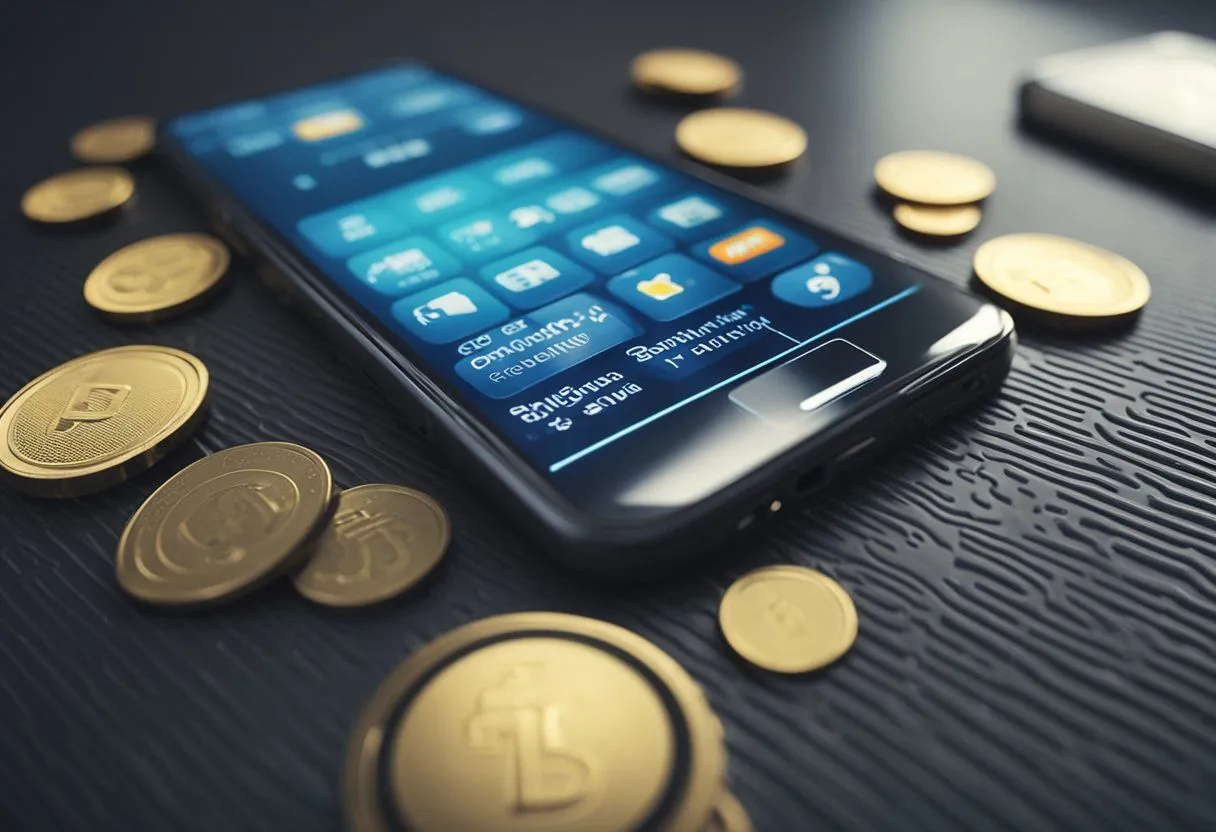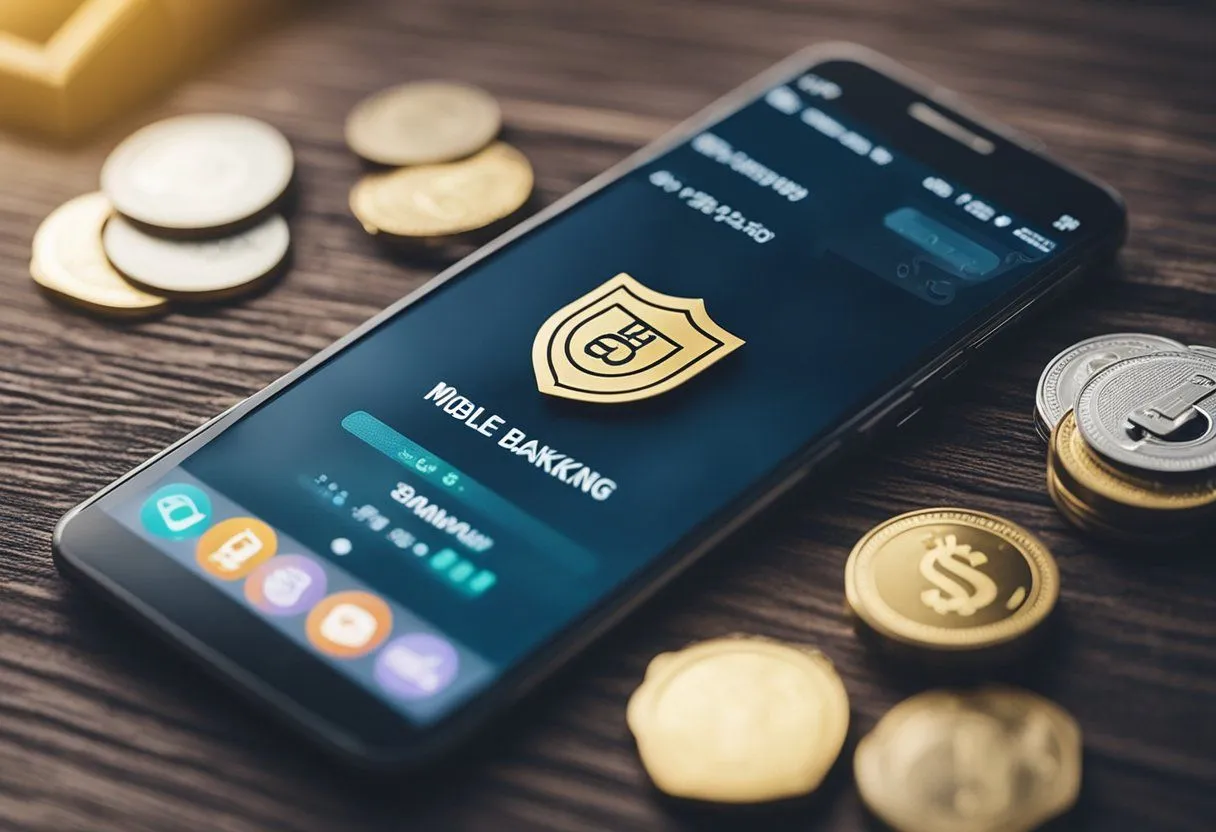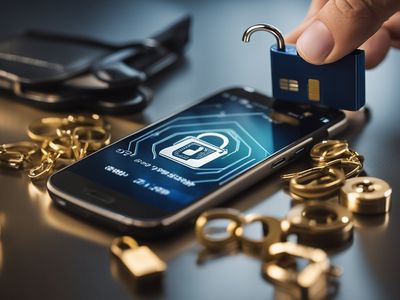Mobile Banking Security: Tips for Safeguarding Your Financial Data
Mobile banking has become increasingly popular in recent years, offering customers the convenience of accessing their finances anytime and anywhere. However, the rise of mobile banking has also brought new security concerns. With sensitive financial information stored on smartphones and tablets, it is important for users to take steps to safeguard their data.
One of the biggest risks associated with mobile banking is the potential for unauthorized access. Hackers and cybercriminals can exploit vulnerabilities in mobile devices or intercept data transmitted over public Wi-Fi networks to gain access to sensitive financial information. To protect against such threats, users should take measures such as using strong passwords, enabling two-factor authentication, and avoiding public Wi-Fi networks when accessing their accounts.
Another important consideration when it comes to mobile banking security is the risk of fraud. Scammers may attempt to trick users into providing their login credentials or other personal information through phishing emails or fake mobile banking apps. To avoid falling victim to such scams, users should always verify the authenticity of any app or email before providing any sensitive information.
Understanding Mobile Banking Security

Mobile banking has become increasingly popular as people seek to manage their finances on-the-go. However, with the convenience of mobile banking comes the risk of security breaches. It is important for users to understand the risks associated with mobile banking and the security measures in place to protect their financial data.
Mobile Banking Risks
Mobile banking is vulnerable to several risks, including:
- Phishing scams: Fraudulent messages that appear to be from a legitimate source, such as a bank, are sent to trick users into providing their login credentials or personal information.
- Malware attacks: Mobile devices are susceptible to malware attacks that can steal login credentials or personal information.
- Lost or stolen devices: If a mobile device is lost or stolen, the thief may be able to access the user’s banking information if the device is not properly secured.
- Weak passwords: Weak passwords can be easily guessed or hacked, allowing unauthorized access to a user’s financial data.
Security Measures in Mobile Banking
To protect against these risks, mobile banking apps have implemented several security measures, including:
- Two-factor authentication: Users are required to provide two forms of identification, such as a password and a fingerprint, to access their accounts.
- Encryption: Mobile banking apps use encryption to protect user data from unauthorized access.
- Remote wipe: If a device is lost or stolen, users can remotely wipe their data to prevent unauthorized access.
- Fraud detection: Mobile banking apps use fraud detection algorithms to detect and prevent fraudulent activity.
- Alerts: Users can set up alerts to notify them of suspicious activity on their accounts.
Overall, mobile banking is a convenient and secure way to manage finances on-the-go. However, users must remain vigilant and take necessary precautions to protect their financial data.
Effective Tips for Safeguarding Financial Data

Mobile banking has become an essential part of modern-day banking. It allows people to manage their finances on the go. However, with convenience comes the risk of cyber threats. Here are some effective tips for safeguarding financial data:
Secure Network Usage
One of the most important things to keep in mind while using mobile banking is to ensure that the network connection is secure. It is recommended to use a private and secure Wi-Fi network or a mobile data connection instead of public Wi-Fi. Public Wi-Fi networks are often unsecured, and cybercriminals can easily intercept the data transmitted over them.
Regular Software Updates
Mobile banking applications are updated regularly to fix bugs and enhance security features. It is important to keep the mobile banking application up-to-date with the latest version to ensure that security vulnerabilities are addressed. Regular software updates also help in improving the overall performance of the application.
Strong Password Practices
A strong password is the first line of defense against cyber threats. It is important to create a strong and unique password for the mobile banking application. The password should be at least 8-10 characters long and should include a combination of uppercase and lowercase letters, numbers, and special characters. It is also recommended to change the password regularly and avoid using the same password for multiple accounts.
In conclusion, following these tips can help in safeguarding financial data while using mobile banking applications. By being vigilant and taking necessary precautions, users can ensure that their financial data remains secure and protected.
Dealing with Security Breaches

Mobile banking security breaches can happen even when you take all necessary precautions. In such cases, it is important to act quickly and take immediate steps to minimize the damage.
Immediate Steps
The following are some immediate steps to take if you suspect a security breach has occurred:
- Contact your bank: Inform your bank immediately if you suspect a security breach. They may be able to stop any unauthorized transactions and freeze your account temporarily to prevent further damage.
- Change your passwords: Change your passwords for all your online accounts, especially your mobile banking app. Use strong and unique passwords that are difficult to guess.
- Monitor your accounts: Keep a close eye on your bank accounts, credit cards, and other financial accounts for any unauthorized transactions. Report any suspicious activity to your bank immediately.
- Check your credit report: Check your credit report regularly for any suspicious activity. You are entitled to one free credit report per year from each of the three major credit bureaus.
Long-Term Measures
Once you have dealt with the immediate aftermath of a security breach, there are some long-term measures you can take to safeguard your financial data:
- Enable two-factor authentication: Two-factor authentication adds an extra layer of security to your accounts. It requires a second form of verification, such as a fingerprint or a one-time code sent to your phone, in addition to your password.
- Use a VPN: A virtual private network (VPN) encrypts your internet connection, making it more difficult for hackers to intercept your data. Use a reputable VPN service when accessing your mobile banking app on public Wi-Fi networks.
- Keep your software up to date: Keep your mobile banking app and operating system up to date with the latest security updates and patches. These updates often include security fixes that can help protect your device from vulnerabilities.
- Be vigilant: Be cautious of suspicious emails, phone calls, or text messages that request your personal or financial information. Do not click on any links or download any attachments from unknown sources.



